Other members of our group suddenly begin to whisper excitedly as they spot two baby turtles from a neighboring nest scuttling out to sea. This is very clearly not your average trip to the beach.
The region of Tortuguero seems like a world apart from the mountains and waterfalls of central Costa Rica: only accessible by boat or plane, the namesake town and national park remain tucked away in an intricate, steamy tangle of fresh-water canals and tropical foliage. Sandwiched between a calm lagoon and the volcanic beaches along the Caribbean Sea, the area is home to a wide variety of wildlife as well as a unique and inviting coastal culture.
The journey begins with the long motorized water taxis waiting at Puerto La Pavona, a farm/bus/boat stop that is the launch point for any traveler heading to Tortuguero. The winding Río la Suerte (Lucky River) serves as the primary access route – boat drivers maneuver through the sharp curves of the shallow river that works its way deep into the dense forest. The trip itself lasts a little over an hour, giving passengers ample time to take a close look at massive trees laced with hanging vines and ferns with leaves large enough to serve as full-size umbrellas.
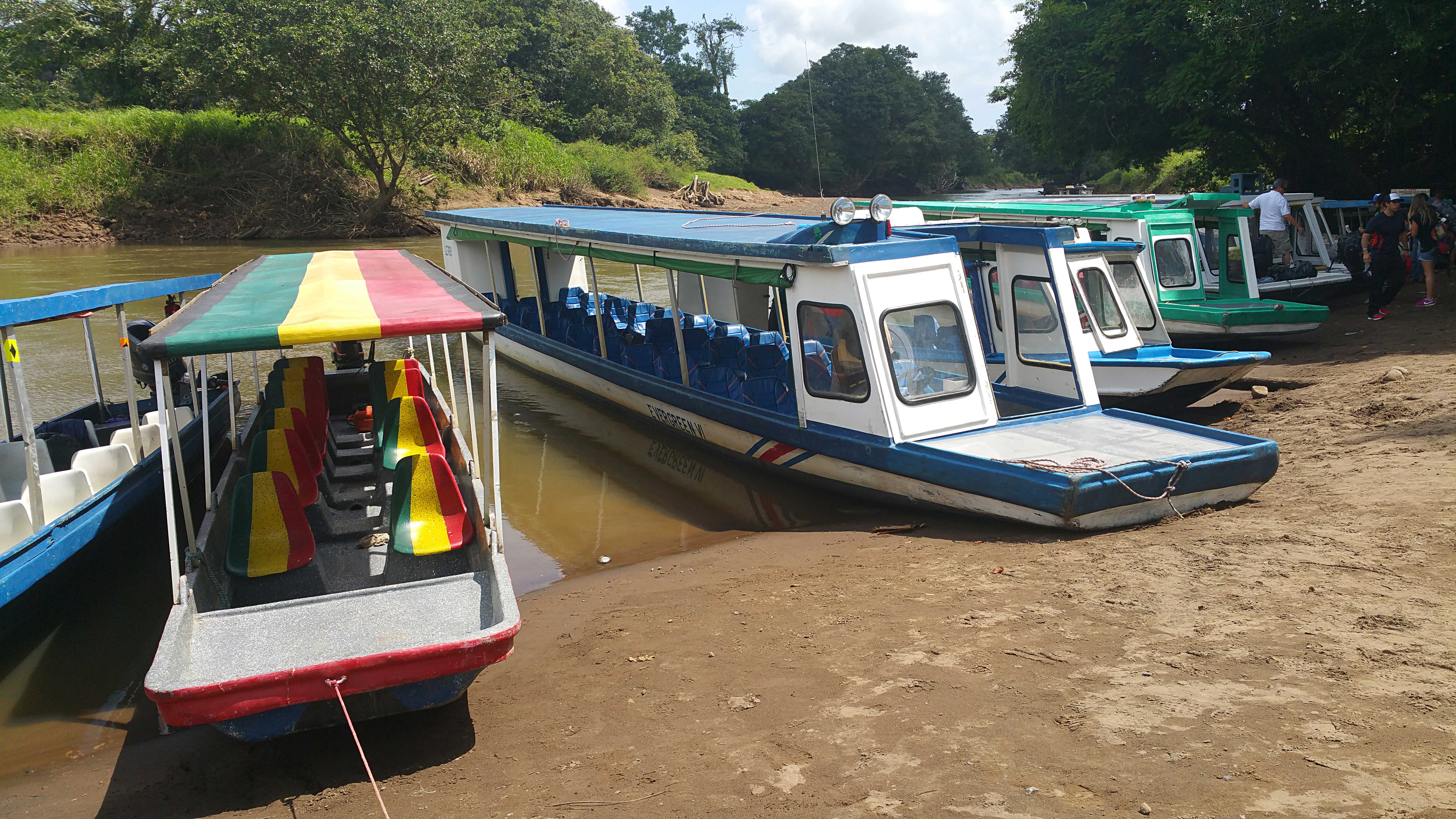
The river grows wilder with every meter: snowy egrets perch in low-hanging branches, crocodiles soak up the hot sun on the sandy riverbanks, and caimans, their smaller cousins, slide through the marshy brush. La Suerte eventually dead-ends into the Tortuguero River, which in turn leads to the lagoon that serves as the aqua-highway for the region. You’ll soon get used to how quiet this place is: no cars, no buses, just the occasional hum of a boat's motor and the low roar of ocean waves.
Tortuguero has no shortage of wildlife, and even the unluckiest of spotters will stumble upon a local creature at some point: turtles crisscross the beaches, sloths occasionally visit ecolodges and fluorescent frogs come out of hiding once the sun goes down.
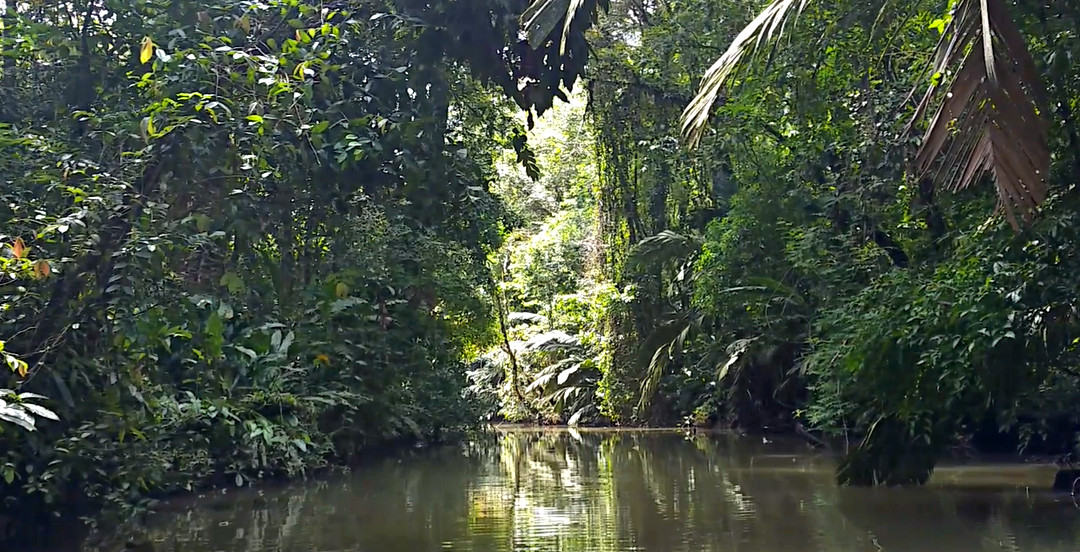
The best place to look for fauna is the canal network that snakes through the national park: approximately 138 species of mammals, 442 types of birds and 118 species of reptiles reside in this jungle. Motor boats full of wildlife enthusiasts quietly troll along the shores as knowledgeable guides point out hidden Jesus Christ lizards (nicknamed for their uncanny ability to run on water) and camouflaged river turtles. Here, howler monkeys rumble in the distance as white-faced capuchins leap from tree to tree and spider monkeys lounge in the shade. If you look extra closely, you might even spot a snoozing sloth.
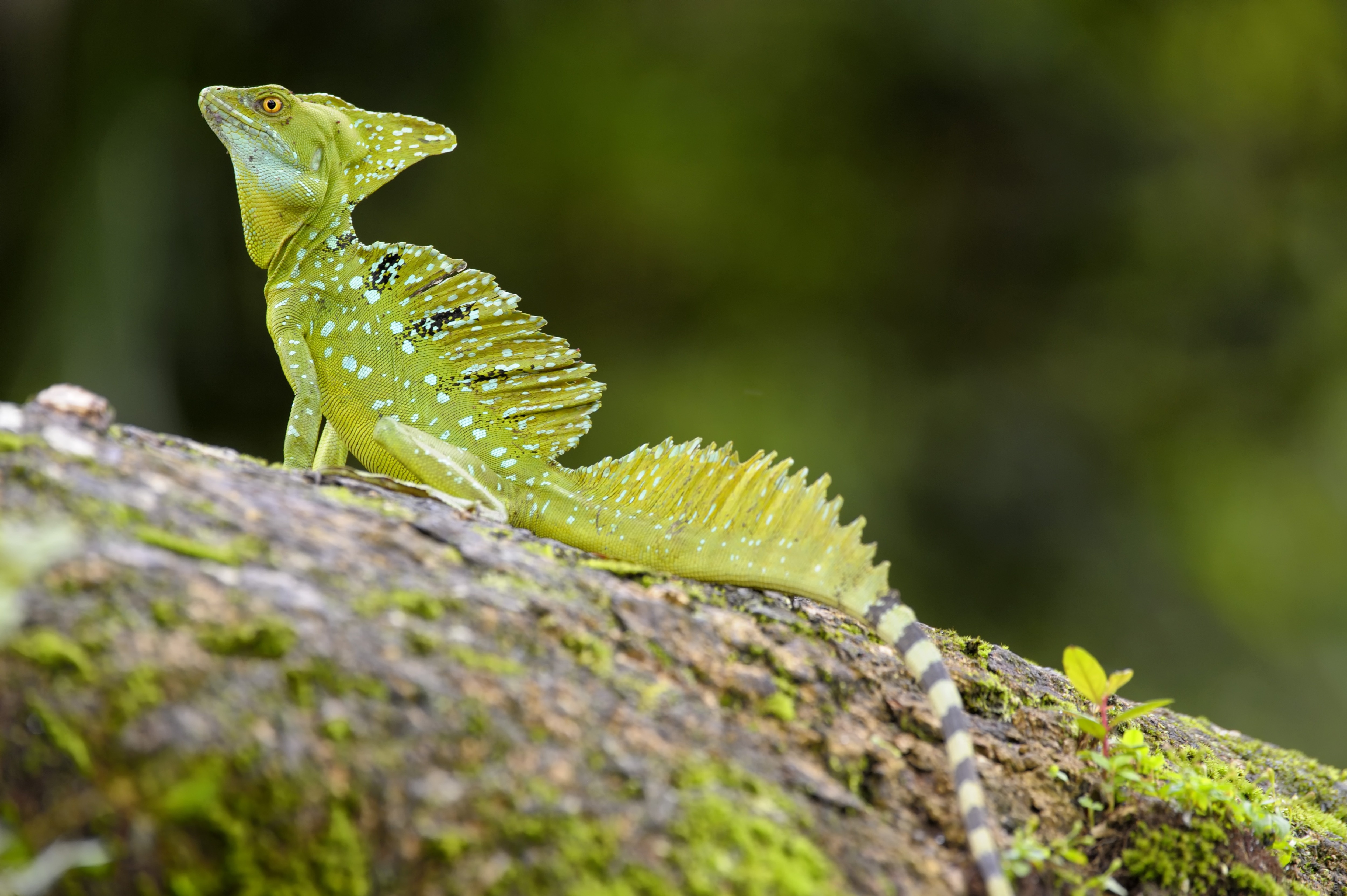
The area is also a birder’s delight: great green macaws squawk in the canopies, tiger herons dry their wings in knotty mangroves and kingfishers cruise along the water’s surface looking for lunch. Kayaking allows visitors to navigate some of the shallower canals, where they can float by the otherworldly buttress roots of the ceiba tree and scope out shadowy tropical gar gliding beneath the water's surface. Local lodges also offer a variety of nature hikes, including some for the nocturnally-inclined that focus on creepy-crawlies such as scorpions, spiders and frogs.
Turtles are another primary interest in the region (they do give the area its name, after all): the green turtle, Tortuguero’s most frequent marine reptilian visitor, nests on the beaches here. Female turtles return every two to three years to lay their eggs on the exact same beach where they were born. These behemoth animals average about 120 cm and weigh as much as 150 kg, so seeing one in person at such close range is a truly spectacular experience. Each female turtle lays eggs six times during the nesting season, and researchers discovered 18,000 nests along Tortuguero’s coast in 2015 alone. You can coordinate excursions during nesting season (July through the end of October) and visit the Sea Turtle Conservancy Visitors Center, where local experts explain their efforts to preserve the local turtle population and offer a variety of volunteer activities for both children and adults.
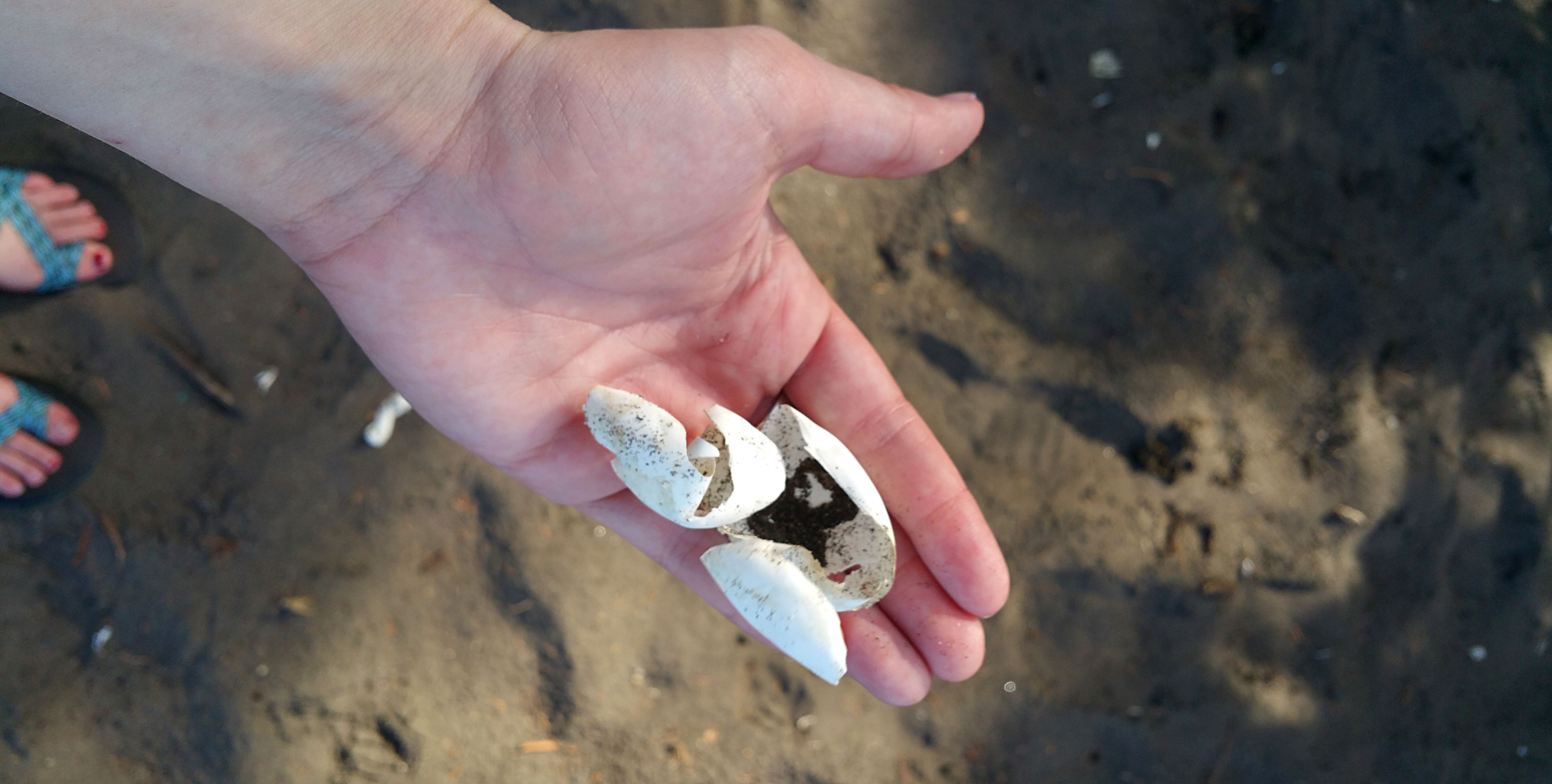
Green turtles are classified as an endangered species, and turtle-watching should only be carried out when accompanied by a licensed guide. The national park's beaches are marked by mile points and patrolled by licensed rangers and turtle spotters; upon arriving in the park, viewing groups wait for the spotters to assign a turtle to their guide before heading out onto the sands. Many of these guides and rangers have been doing this for years and have sussed out the most appropriate way to view these incredible creatures. Other important tips: wear dark, non-reflective clothing, put on your bug spray at least half an hour ahead of time (humans aren't the only ones who find that smell quite pungent) and leave your camera at home – photography of any kind is strictly prohibited.
Cruising along the Laguna Penitencia, travelers will spot a cluster of brightly painted buildings on the shore: this is Tortuguero Village, the town at the heart of this captivating area. The pueblo is a small, humble establishment, but it bustles with locals and visitors alike, especially in the evenings when the temperature drops and everyone comes out to socialize: adults chat on their front porches while giggling children wheel around on bicycles and shoppers meander along the main avenue.
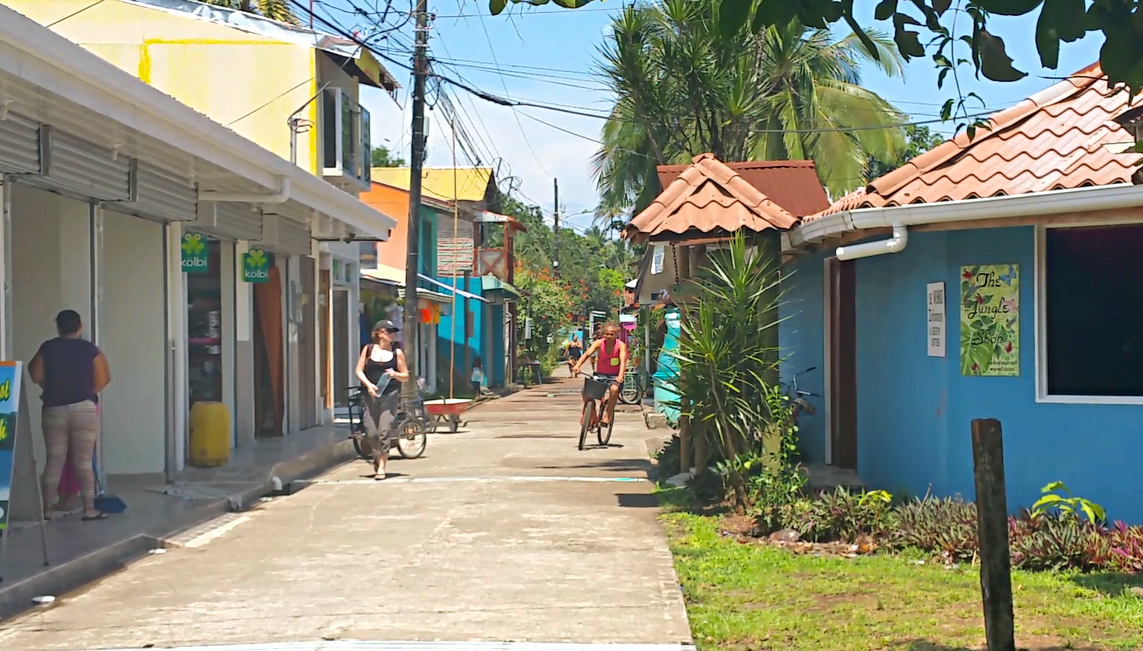
The soccer field serves as the town recreational center – pick-up games occur throughout the week and you are likely to catch a crowd on Sundays – and music wafts through the air as students diligently practice their instruments at the local music school. The strong Afro-Caribbean cultural heritage manifests in the food: restaurants beckon with fresh natural fruit juices for the kiddos and zingy cocktails for adults, and coconut makes a delicious appearance in 'rice and beans,' the region’s twist on the national dish of gallo pinto.
While travelers may shy away from Tortuguero because of some of the logistics involved, it's a treat for anyone interested in getting off the beaten track for a while. The lodges in the area coordinate most of the river shuttles and the excursions, but independent travelers are not out of luck. Buses run from Gran Terminal del Caribe in San José to Cariari, a small town two hours north of the city. Once you arrive in Cariari, find the old bus station and take transport to La Pavona, where you may purchase a ticket for one of the public boat shuttles. All said and done, it takes about five hours to reach Tortuguero from the capital, and costs roughly US$10. Those looking for a quicker route to the canals can hire private transport or take a plane from San José, with airfare running anywhere from $90 to $130. Visitors can book tours either through the local lodges or the Tortuguero Guide Association’s office (asoprotur.com).
The official website for Tortuguero Village (tortuguerovillage.com) has a great list of transport options and tours.
Destination Editor Bailey Johnson traveled to Costa Rica with support from the Costa Rica Tourism Board (visitcostarica.com). Lonely Planet contributors do not accept freebies in exchange for positive coverage.